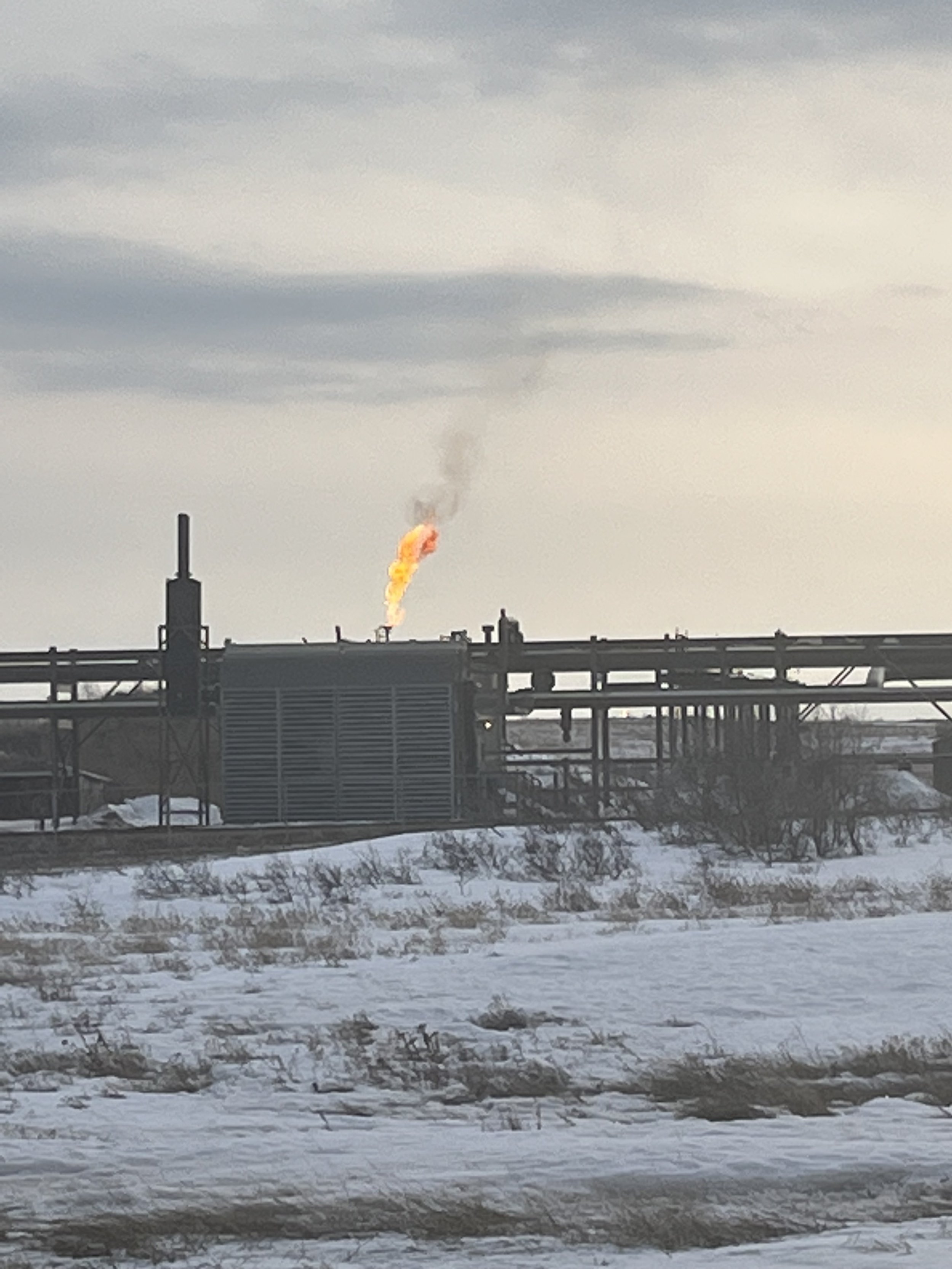On-site Liquefied Natural Gas (LNG) Recovery and Compressed Natural Gas (CNG) Recovery are essential processes for capturing and utilizing stranded natural gas, effectively mitigating flaring in the oil and gas industry. These processes transform natural gas into more easily transportable forms, reducing the environmental impacts associated with flaring and creating additional value from natural gas resources. The energy density of LNG makes it a particularly attractive option for various applications.
LNG Recovery: LNG recovery involves cooling and condensing natural gas into a liquid state, which occupies about 1/600th of its original volume. This process enables more efficient storage and transportation of natural gas, allowing its use in locations without direct pipeline access. On-site LNG recovery captures and utilizes stranded natural gas that would otherwise be flared, reducing greenhouse gas emissions and providing a cleaner, more versatile energy source. The energy density of LNG is significantly higher than that of CNG, making it an attractive option for long-distance transportation and other high-energy-demand applications.
Example of LNG use in oilfield application: In remote oilfield locations where pipeline infrastructure is limited or non-existent, LNG can be used as a fuel for drilling rigs, hydraulic fracturing equipment, and other on-site power generation needs. Additionally, LNG can be transported via specialized LNG carriers to supply power plants or industries located far from natural gas sources.
CNG Recovery: CNG recovery consists of compressing natural gas to less than 1% of its original volume, facilitating storage and transportation in high-pressure containers. This process enables the use of natural gas in applications where pipeline infrastructure is limited or unavailable, such as transportation fuel or remote power generation. By capturing and compressing stranded natural gas on-site, producers can mitigate flaring and utilize the gas in a broader range of applications.
Example of CNG use in oilfield application: CNG can be used to fuel vehicles and equipment within the oilfield, reducing the reliance on diesel and other conventional fuels. In some cases, CNG can also be used as a substitute for traditional fuels in on-site power generation, providing a cleaner and more cost-effective alternative.




